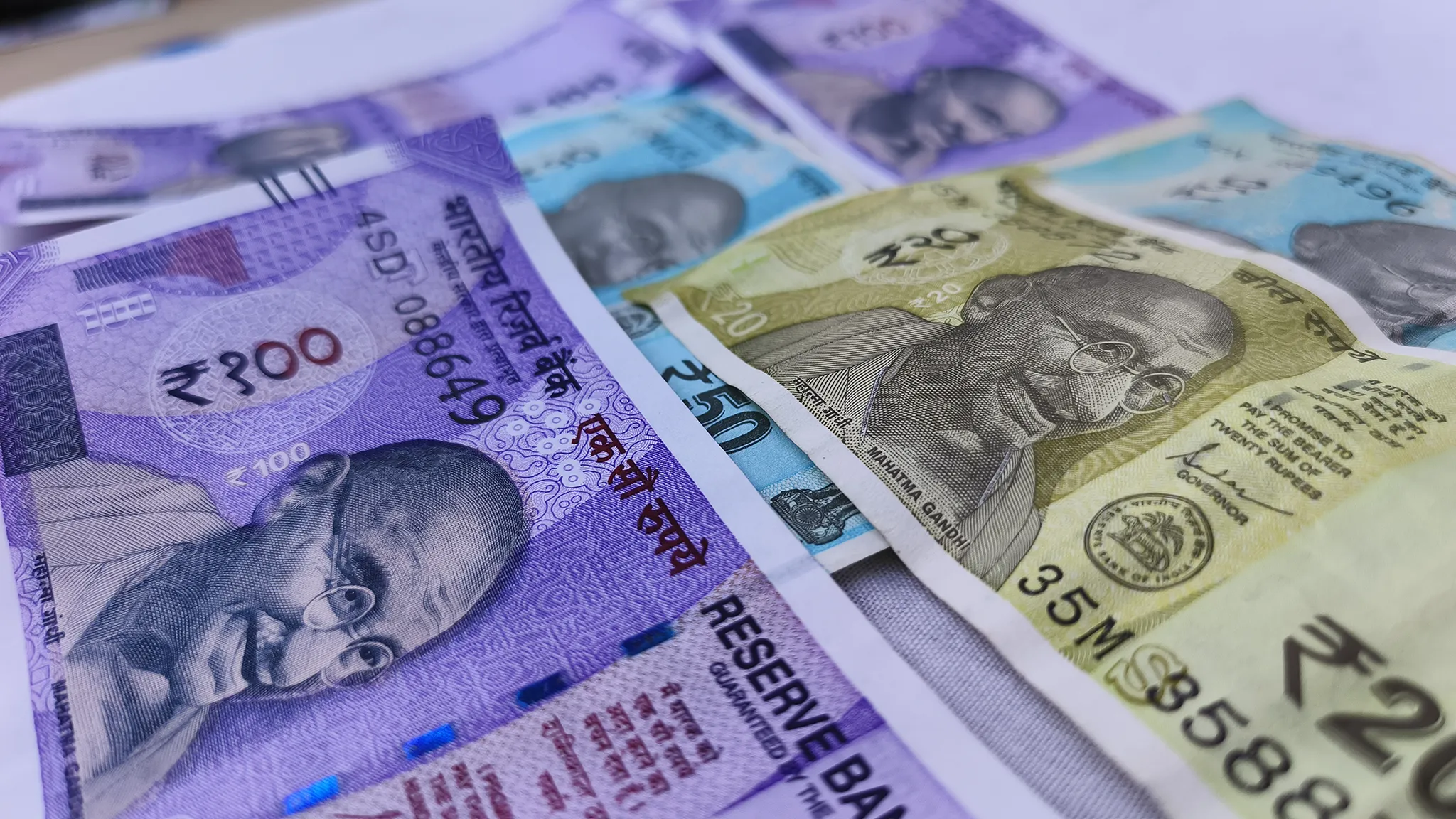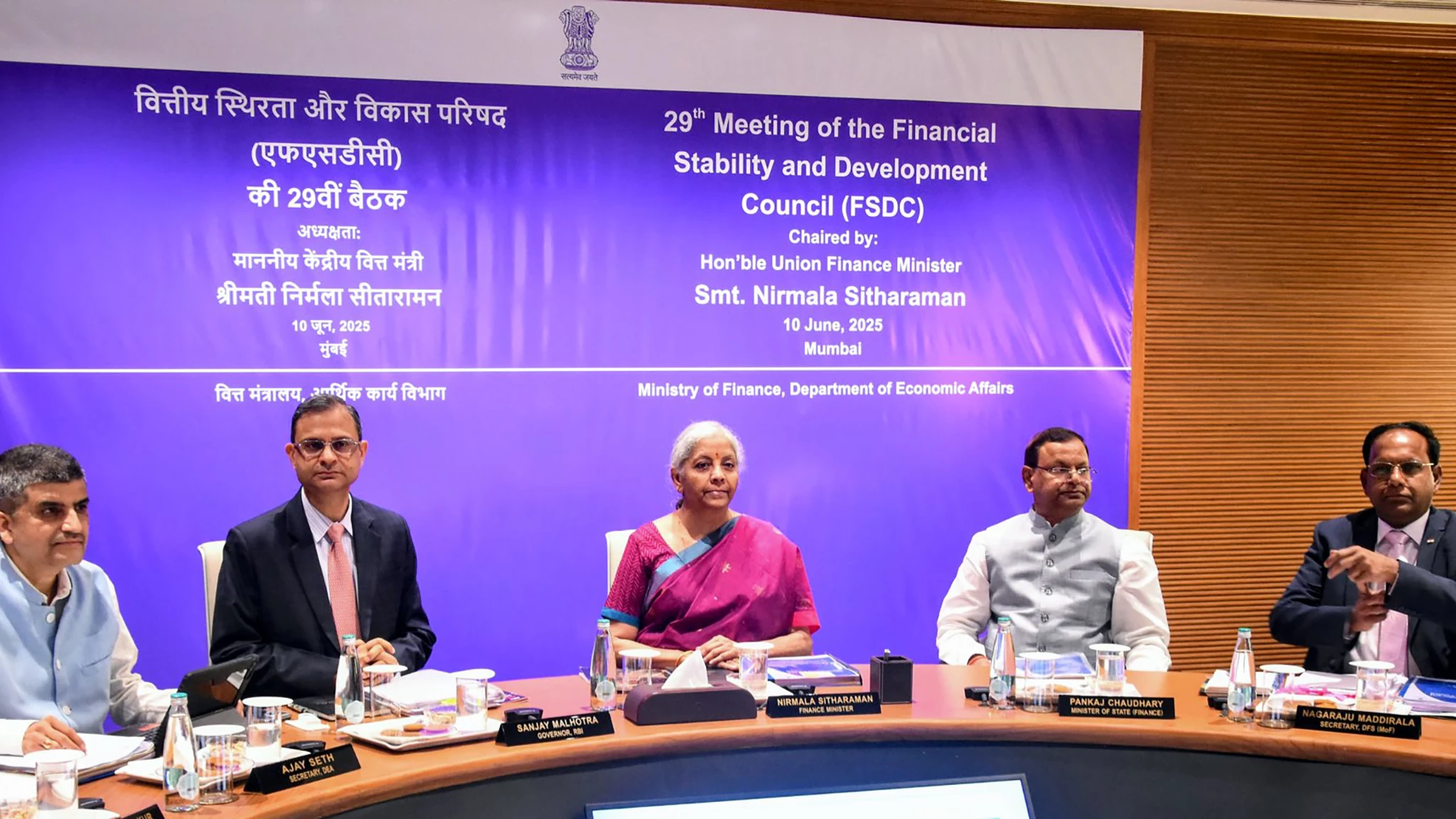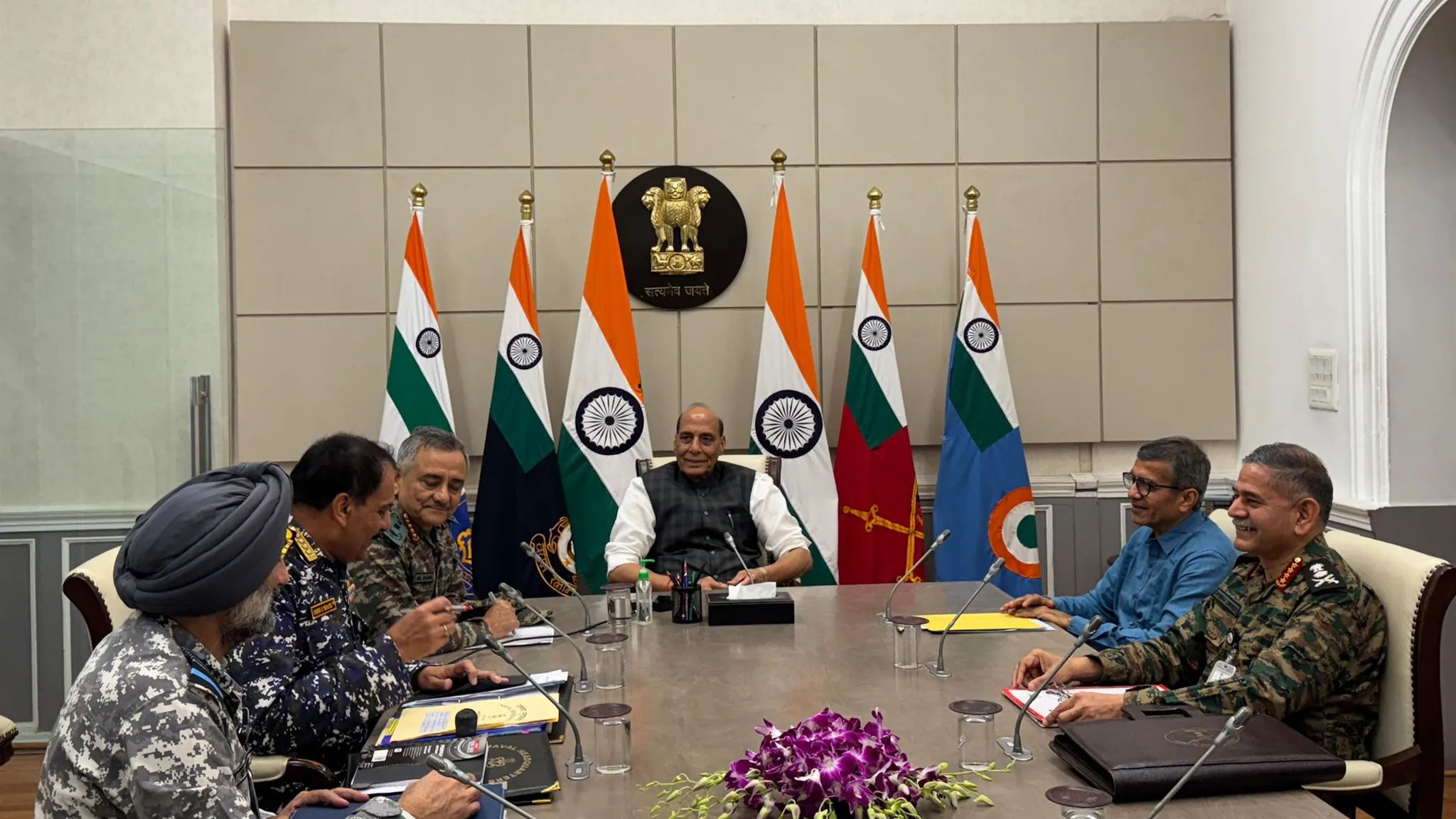Global markets are having a rough ride lately. One major cause seems to be the erratic pronouncements coming out of Washington. We’ve heard claims of trade wars being unsustainable, opportunities for big deals, accusations against trade partners, and then sudden shifts like President Trump saying he’s “going to get along great with China, no doubt.” This kind of mixed messaging can leave markets feeling like a headless chicken.
There’s a lingering hope that if markets, particularly bonds, were to take a serious tumble, President Trump might quickly backtrack. We saw a hint of this with the recent 90-day pause on reciprocal tariffs, which felt more like it was a U-turn, not a resolution. The market is essentially betting on such walk-backs from the brink.
Global Growth Stalls
But the economic picture in key regions isn’t helping. Analysis of the IMF’s World Economic Outlook report indicates the US could face a harder growth hit than China this year. The S&P Global Flash PMI for the US reflected this, hitting a 16-month low in April, with business confidence slumping and selling prices rising faster. Chris Williamson from S&P Global noted this creates a dilemma for the central bank, needing to support a weakening economy while inflation pressures build. The IMF also flagged concerns about elevated equity price-to-earnings ratios in the US, suggesting potential for sharp corrections. This is reflected in the MSCI USA index being down over 4 percent this month.
India Stands Strong
In contrast, MSCI India is up 4.2 percent this month, regaining investor favour. While the IMF lowered its forecast for India slightly to 6.2 percent, that’s still robust growth compared to major economies. The India Flash Composite PMI for April was a strong 60, significantly higher than the US (51.2), UK (48.2), Eurozone (50.1), and Japan (51.1). While the PMI isn’t the whole story, it matters for market sentiment.
Domestic demand continues to be a key buffer. RBI Governor Sanjay Malhotra believes it will “cushion the impact of external headwinds.” Recent results, like Hindustan Unilever’s better-than-expected 2 percent volume growth, support this. There’s also optimism about India potentially benefiting from supply chain realignments away from China, with the RBI noting prospects from diversified FDI sources and engagement with global investors. However, Vivek Kelkar pointed out the complexities of navigating trade dilemmas involving the China factor.
Uncertainty Remains High
The overall mood remains highly uncertain. Dinesh Unnikrishnan points out the word ‘uncertainty’ appeared 14 times in the recent RBI Monetary Policy Committee minutes. It’s little wonder that gold has become a consensus safe haven, as Vatsala Kamat wrote.
Positive domestic signals are crucial in this environment. The financial sector, for instance, shows pockets of strength. Bajaj Finance share price hit a new high, reaching a ₹6 trillion market cap, driven partly by plans for a special dividend, stock split, and bonus issue, signalling management confidence after strong Q4FY25 performance with solid AUM and loan growth. Meanwhile, other parts of the sector, like payments banks, are grappling with profitability challenges and seeking regulatory changes like SLR cuts or permission for small loans to scale up.
India’s relatively strong fundamentals and growth outlook continue to attract attention. While global headwinds persist, domestic demand and a differentiated growth story offer a degree of insulation. How long this lasts will depend on the severity of global events and the continued strength of local drivers. Investors will be watching closely to see if this resilience translates into sustained market outperformance.










Leave a Reply